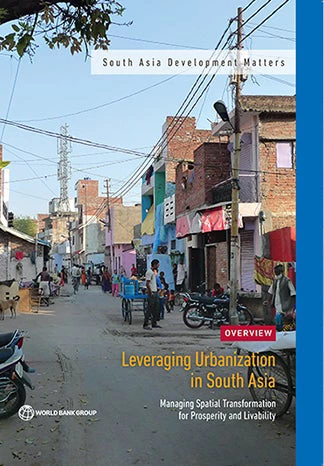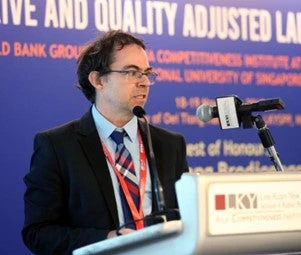
A key characteristic of urbanization is that the coming together of people and enterprises in towns and cities -- a process known as agglomeration – improves productivity and spurs job creation. That’s particularly the case in manufacturing and services. Over the long term, successful urbanization is accompanied by a convergence of living standards between urban and rural areas as economic and social benefits spill beyond urban boundaries.
So how is South Asia doing in realizing the potential of its cities for prosperity and livability? What are the challenges facing the region’s countries as their urban populations grow? Are they meeting those challenges or are policy reforms needed? And, if so, what type of reforms?
On September 24, the World Bank will release a new report titled, “Leveraging Urbanization in South Asia: Managing Spatial Transformation for Prosperity and Livability. ”

Credit: World Bank


Join the Conversation